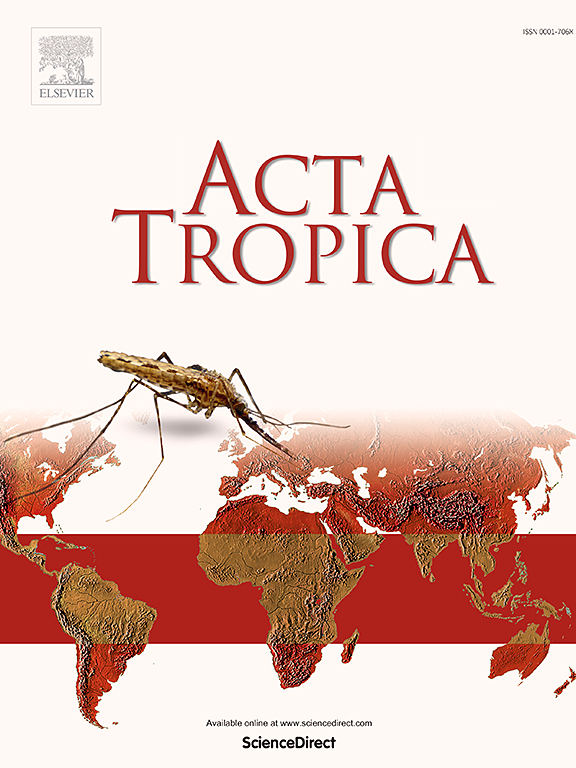A systematic review of reported symptomatic Elizabethkingia infection cases in children and adults
IF 2.1
3区 医学
Q2 PARASITOLOGY
引用次数: 0
Abstract
Background
Elizabethkingia infections are caused by the species Elizabethkingia, which recently has become important as a cause of serious infection among neonates and immunocompromised adults. The systematic review summarized clinical data on symptomatic infections caused by Elizabethkingia, including species identification, patient outcomes, and therapeutic approaches.
Methods
The PRISMA guidelines were followed in conducting the systematic review. A literature search was made across major databases such as PubMed, Scopus, and Web of Science. The inclusion criteria emphasized case reports and case series on symptomatic human infection caused by Elizabethkingia species. The studies would involve pediatric and adult subjects. Data extraction was to be performed independently by two reviewers, and because the data were heterogeneous, a narrative synthesis was done.
Results
A total of 45 studies were included, covering cases from 2011. Elizabethkingia anophelis had the highest mortality rate (39.1 %), followed by E. meningoseptica (11.8 %) and E. miricola (33.3 %). Pediatric cases, particularly neonates, showed favorable recovery rates, with a 100 % recovery in neonates and 85.72 % in infants. In contrast, adults had a higher mortality rate (33.33 %), particularly those with comorbidities such as diabetes and cardiovascular disease. Species identification was crucial for determining appropriate antimicrobial treatment, with E. anophelis demonstrating significant antibiotic resistance.
Conclusions
Clinical outcomes from Elizabethkingia infection are quite variable, depending on species and age group. Neonates and children generally tend to have better outcomes with appropriate and timely treatment, but adults, especially those with comorbidities, have higher mortality rates. Precise species identification and targeted treatment strategies play an important role in optimizing patient outcomes. Future research should be directed at fine-tuning diagnostic techniques, exploring the evolving taxonomy, and developing age-specific therapeutic regimens.
求助全文
约1分钟内获得全文
求助全文
来源期刊

Acta tropica
医学-寄生虫学
CiteScore
5.40
自引率
11.10%
发文量
383
审稿时长
37 days
期刊介绍:
Acta Tropica, is an international journal on infectious diseases that covers public health sciences and biomedical research with particular emphasis on topics relevant to human and animal health in the tropics and the subtropics.
 求助内容:
求助内容: 应助结果提醒方式:
应助结果提醒方式:


